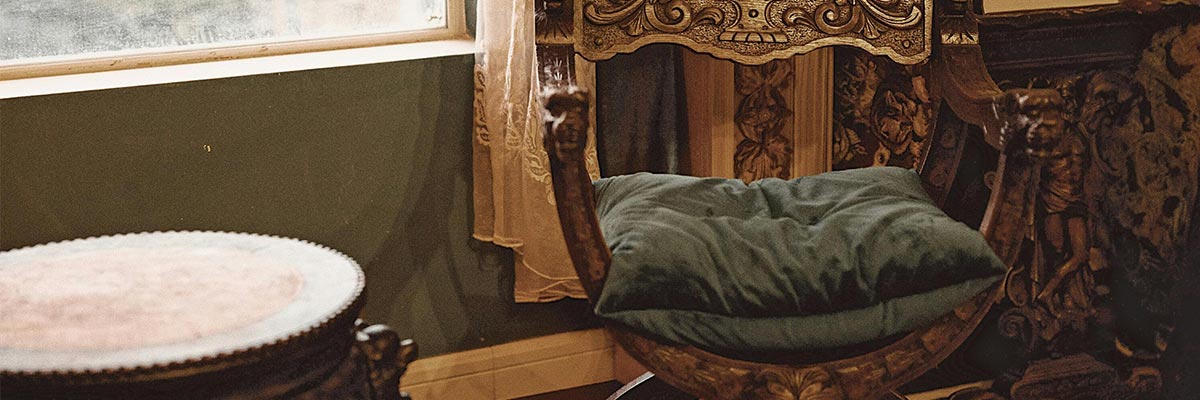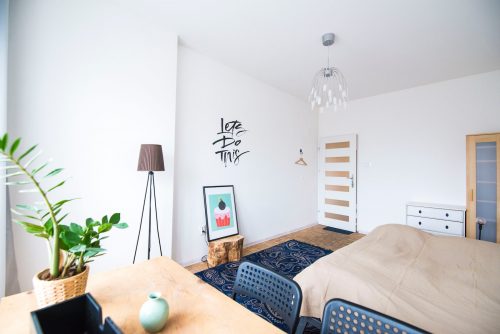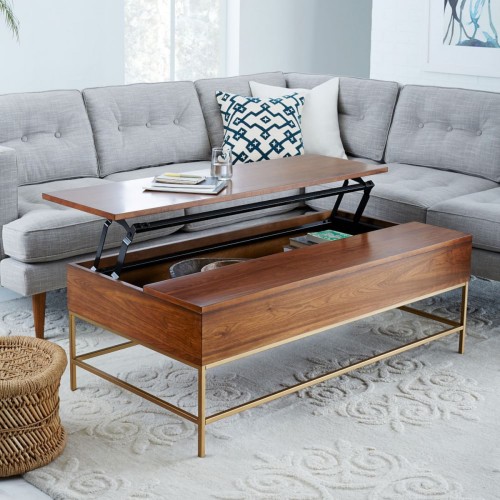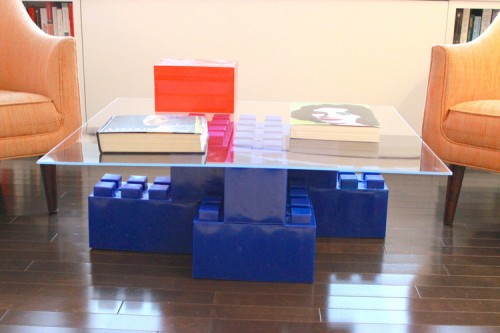Antiques are more than just furniture. They are history, memories, and heritage that typically have high emotional and monetary value. The thought of these priceless pieces getting scratched, broken, or damaged can keep any antique lover up at night. Unfortunately, many unknowingly put their beloved collections at risk during a move, thinking that a simple cover or a few blankets will suffice.
Learn more: How to Effectively Clean Under Your Furniture: Expert Tips and Techniques
However, properly protecting antique furniture requires more than just a basic understanding of moving techniques.
So, if you are preparing to move and want to protect your antiques from destruction, we have put together some tips to help you keep them safe and sound.
From Door to Storage, We’ve Got You—Experience the Easiest Move Ever!
3 Tips to Protect Your Antique Furniture While Moving
1. Assessing Your Antique Furniture
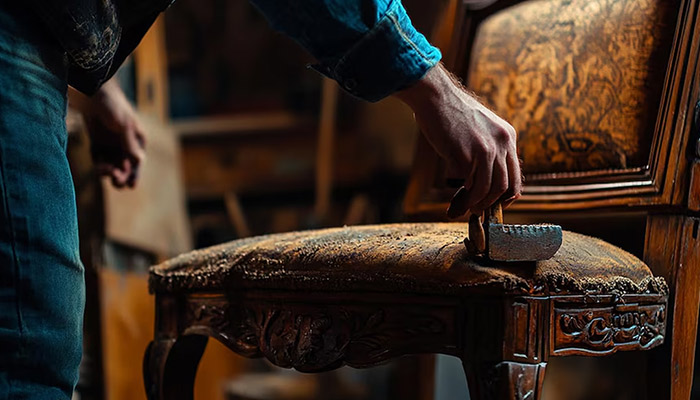
Appraising antique furniture is essential to understanding its value and preserving its condition, especially when identifying fragile pieces. The first step is to carefully inspect each piece for wear and damage and document its condition with detailed notes and photographs.
Accurate documentation helps to reconstruct the history of each piece, providing information about its craftsmanship, origin, and previous owner. If you want to truly protect your investment, seek a professional appraisal. A qualified appraiser will offer an accurate valuation that reflects current market conditions and they can point out weak spots that may need repair before a move.
This documentation will be invaluable in supporting insurance claims in the event of breakage, theft, or damage during a move.
Learn more: How to Rearrange Furniture: 5 Tips for a Fresh Look
2. Preparing Your Furniture for the Move
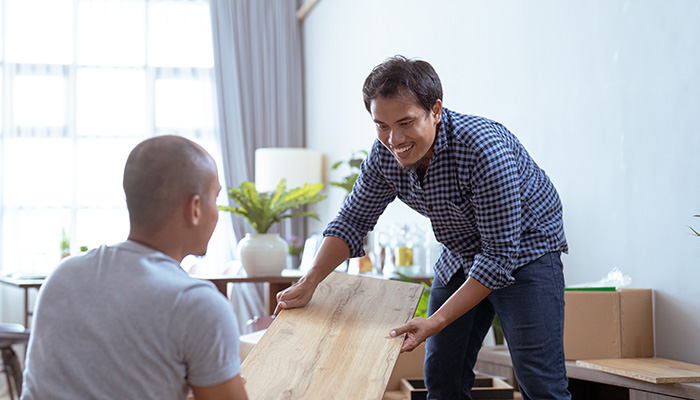
Before packing, remove dust and dirt from your antique furniture using appropriate cleaning products for each material. This is also when you’ll want to fix any minor repairs before moving. Tighten loose screws, glue peeling veneers, and repair minor scratches or dents. In many cases, furniture repair involves delicate work, especially when dealing with antiques that require careful attention to preserve their value.
If the antique furniture can be safely disassembled, do so to minimize the risk of damage during shipping. Remove legs, armrests, or other removable parts and pack them separately. Label each piece and store all screws and fasteners in labeled bags to ensure easy reassembly later. Disassembling the furniture will also make it easier to pack and ship.
Learn more: 15 Best Space-Saving Furniture Ideas for Small Apartments
3. Packing Techniques for Antique Furniture
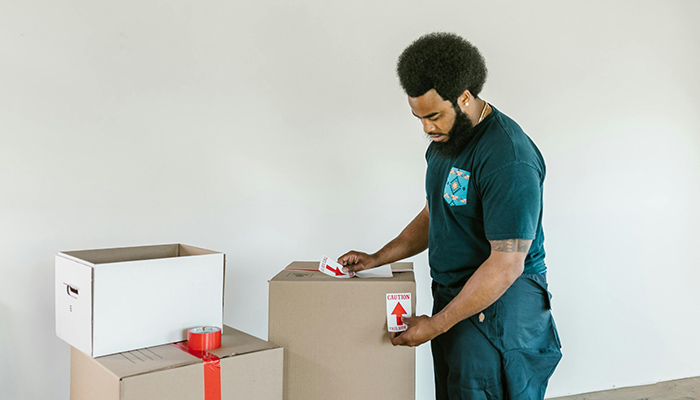
When it comes time to pack, start by assembling your packing materials, high-quality bubble wrap, plastic wrap, shipping blankets, and custom crates are the best packing materials for antique furniture. Carefully wrap each piece in bubble wrap, paying special attention to vulnerable areas like corners and edges. You should also use shipping blankets to provide an extra layer of protection against bumps and scratches, especially for larger pieces.
Working with valuable antique pieces, it’s worth noting that interior designers often encounter similar challenges when designing spaces that incorporate fragile and historically significant items. Their expertise in preserving both the aesthetic and financial value of these pieces can offer valuable insight into protecting furniture during a move.
Learn more: How To Sell Used Furniture Online? 8 Best & Effective Tips
Proper care and protection of antique furniture can make a substantial difference in preserving its value. As Alex Capozzolo of SD House Guys, a professional home-buying company in San Diego, states, “We buy houses that have leftover antique furniture constantly. There’s a huge difference between a homeowner that actually used furniture protection measures versus one that didn’t. Couches and chairs are some of the most common that we see left behind in homes. They’d be worth a good chunk of change if they were properly taken care of.”
For particularly fragile or valuable items, consider custom crates or wooden boxes. These should be made to the exact dimensions of your furniture to provide superior protection during transit.
Before sealing the boxes, be sure to secure any loose parts with additional packing materials. Use foam or soft fabric like towels to cushion loose items like drawer pulls. Particularly delicate surfaces like glass or intricate carvings should also use extra padding. This will help prevent scratches and damage if the items are knocked over.
To help movers, label each box or crate with clear instructions indicating which way to place it and whether the contents are fragile.
How To Choose The Right Moving Company
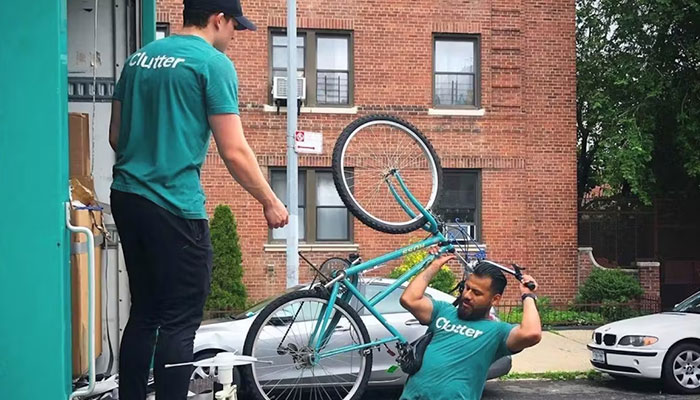
Experience in handling fragile items is important for safe and reliable transportation, so choosing a trustworthy moving company from the beginning is important.
Read reviews from previous clients and ask for recommendations from friends. You’ll also want to pay attention to negative reviews, if any, to understand the company’s weak points.
Look for movers who understand the intricacies of protecting collectibles and have experience working with such precious cargo in the past.
Ensuring Safety During the Move
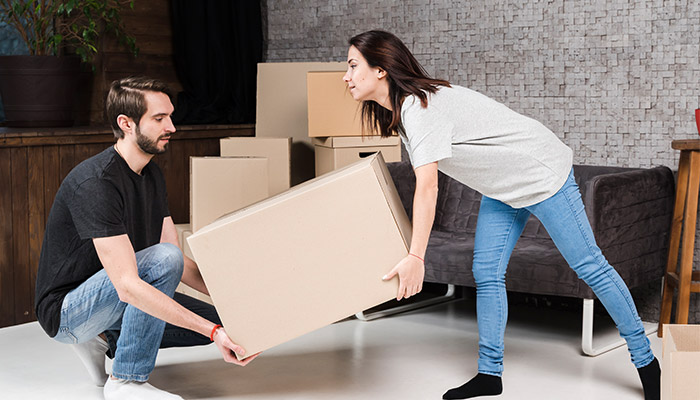
If your shipment is truly valuable, it’s best to supervise the loading and unloading stages of the move. Aside from any special instructions you provide to the movers on the process of lifting or handling your antique furniture, you can also provide written directions on how you want each piece packed, loaded, and unloaded.
This can help eliminate misunderstandings when loading or unpacking your furniture.
Unpacking and Reassembling
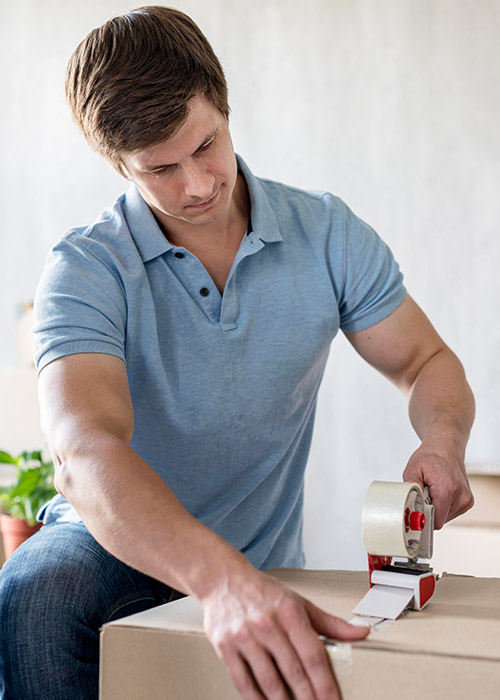
As you might have guessed, unpacking and reassembling antique furniture is a meticulous process that requires care and attention. It’s important to inspect each piece for damage immediately after unpacking, documenting any issues found for potential insurance claims.
To maintain the condition of your antique furniture once you’ve moved, avoid placing it in direct sunlight or areas with high humidity. This will help prevent fading, and warping, and protect the value of the items.
From Door to Storage, We’ve Got You—Experience the Easiest Move Ever!
Final Thoughts
Moving your beloved antique furniture doesn’t have to be stressful. Whether you’re moving into your new home or just relocating some items, with quality packing materials like bubble wrap and plastic wrap, packing tape, proper securing of items, and the assistance of professional movers, you can ensure that your antique pieces arrive safely at their new destination.
Author’s Byline: Nellia Melnyk is a Digital Marketing Specialist from Denver, CO. Her passion is to help businesses grow through marketing. She has experience in small editions and is now engaged in news and conceptual articles about home improvement, moving, furniture repair, self-development, and health.


